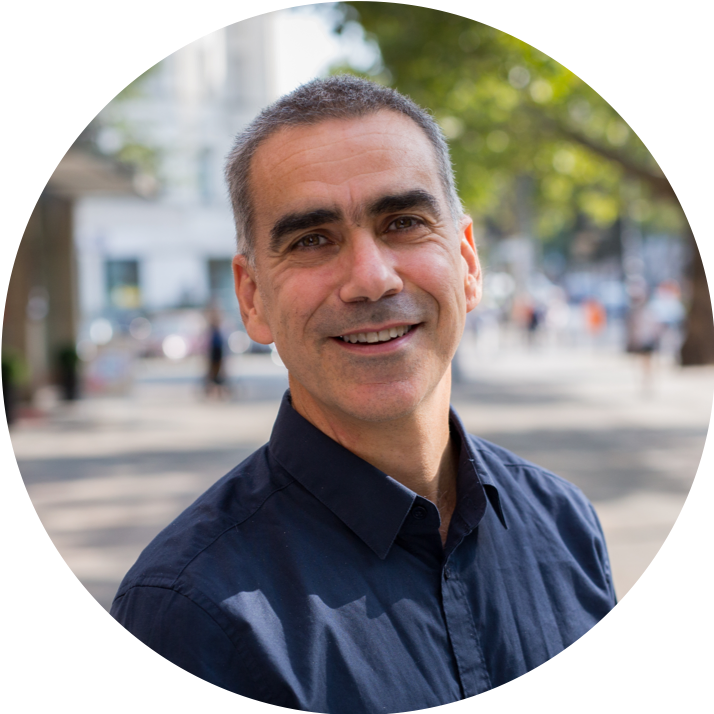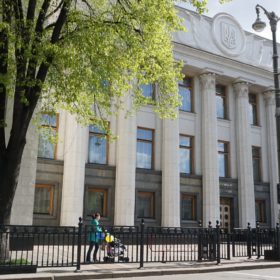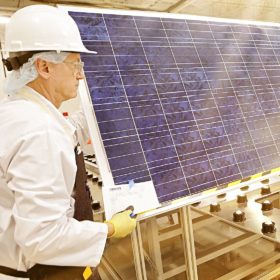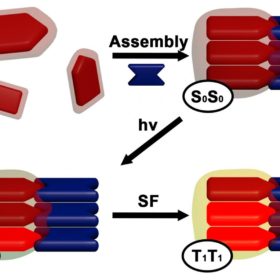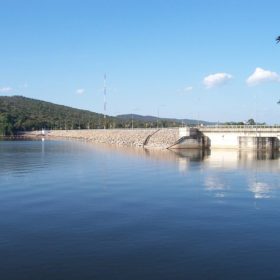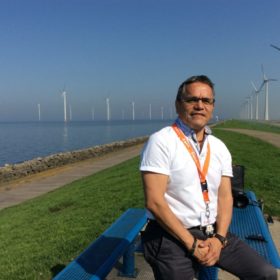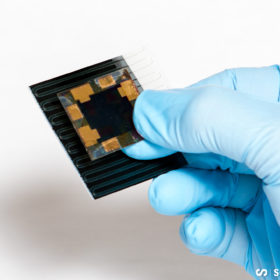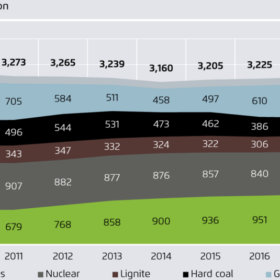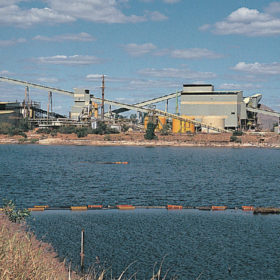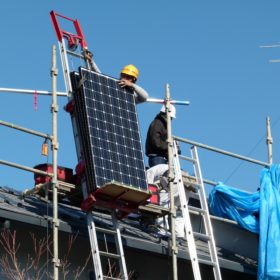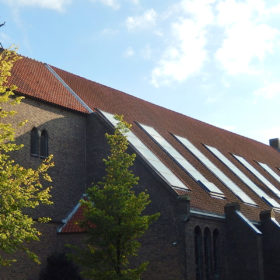Ukraine to hold first auctions for wind and solar next year
According to provisions approved in their first reading by the Ukrainian parliament, solar projects selected in future auctions will be awarded 20-year PPAs to encourage investors to steadily abandon the FIT scheme until it expires in 2030.
Bifacial 114 MW project in Brazil secures development bank financing
The plant, under development by Canadian Solar, has secured $80 million from Banco do Nordeste. The facility is scheduled to come online in mid-2020.
Singlet fission may raise theoretical efficiency of solar cells to 44%
According to a U.S. research team, new nanomaterials relying on dyes based on diketopyrrolopyrrole and rylene can generate a singlet fission reaction that extends the life of harvestable electronic charges.
Thai utility EGAT plans 69 MW of floating PV projects
Floating plants with capacities of 45 MW and 24 MW have been announced by Thailand’s largest power provider. They may be the first of nine projects at dams operated by the utility.
pv magazine’s Mexican editor Jorge Zarco wins journalism prize
The editor-in-chief of pv magazine Mexico won first prize in the interview category at this year’s Solar Energy Journalism Awards, organized by the Mexican Solar Energy Association.
Solliance claims 21.5% efficiency for perovskite CIGS cell
The European solar research organization, Solliance announced it has achieved a 21.5% efficiency for a flexible copper indium gallium selenide (CIGS) tandem solar cell based on perovskite.
EU solar demand to reach 30 GW in 2022
According to a new report from Agora Energiewende and Sandbag, the EU solar market grew around 60%, or 10 GW, last year. The analysis also predicts that total solar demand across all EU PV markets will continue to grow due to lower module prices, and that it may reach an annual volume of 30 GW within four years. Meanwhile, solar has reportedly achieved a 4% share in the EU electricity mix.
Uranium provider GoviEx goes solar
The Canadian company is planning to build a 20 MW hybrid diesel-solar power plant at the Madaouela mining site near Arlit, in northern central Niger. The project will be developed by Canadian independent power producer Windiga Energy.
Japanese government warns against fire risk from rooftop PV
The warning was made by the nation’s Consumer Affairs Agency, which claims 172 fire accidents occurred in Japan from 2008 to 2017. The Japan Photovoltaic Energy Association said it will provide homeowners with the relevant information and stressed fire risk should not be used as an argument against the energy transition.
Netherlands PV market expanded by 46% in 2018
Dutch New Energy’s report reveals residential PV is no longer the largest growth driver – commercial and industrial and large-scale solar are now taking the lead. With newly installed PV capacity of 1.3 GW, the country saw its largest increase in new installations last year.
